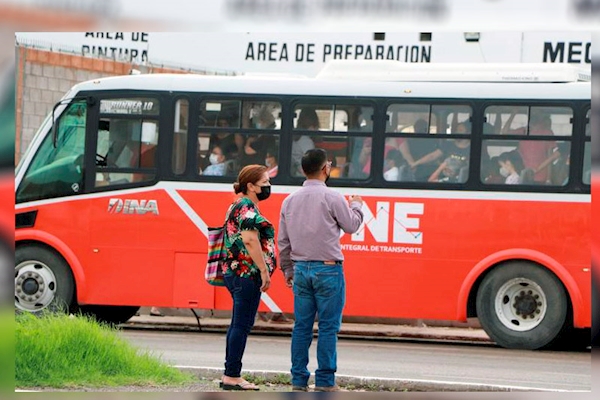In Mexican cities and in particular Hermosillothe built-up space of mobility does not favor alternative means of transportation, which hinders their users from accessing the central city, the opportunities and services available there, contributing to the social inequalityhe says Kenia Paola López Cota.
The researcher of the College of Sonora indicates that urban planning and design disassociates multiple strata and social conditions from the full use and appropriation of the city.
"Urban space must be created in a way that includes the visions and conditions of mobility capital of young people, women, and the rest of the groups hindered from daily mobility," he states.
López Cota explains that mobility obstacles are understood as diverse limitations that individuals encounter in their daily mobility and that violate their right to the city, such as: their characteristics, their conditions and the meanings of the world that they construct from their differentiated daily experiences in the urban space.
"The cost of the obstacles in human capital formation is not only incorporated in the people directly hindered, but will also generate even more social inequity, especially when it comes to young people as the new generation and future adult demographic group of the country, who are considered very mobile because they are students," he says.
She adds that physical-spatial mobility obstacles related to insecurity in public spaces prevent women from fully appropriating urban space and accessing goods and services in the city on an equal basis, especially in the health dimension, specifically mental health, due to the high levels of stress, anxiety, sadness and uneasiness they face.
In addition, the design of urban mobility in Hermosillo is oriented to the use of private automobiles, increasing its negative effects such as traffic, air and noise pollution, among others.
This, he says, has made invisible and relegated the need for investment in alternative mobility infrastructure in the city, which is crucial in the construction of environmentally and socially sustainable cities.
The researcher emphasized that the obstacles to mobility are presented as a dynamic phenomenon characterized by the multiplicity of forms that social and urban exclusion takes on; and this approach allows the complexity with which cities characterized by social inequality, as is the case of Hermosillo, are inhabited to be unfolded.
Source: College of Sonora


